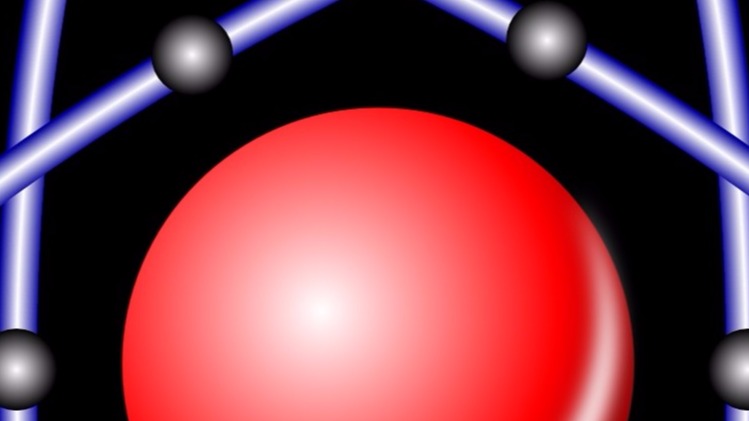
Ultrasound
Humans can only perceive acoustic sound waves in the audible frequency range (between 16Hz and 20kHz).
Below this is the "infrasound" (such waves occur, for example, during earthquakes) or above that the frequency range of the "ultrasound".
About a sound frequency of 1GHz we even speak of "hypersonic".









